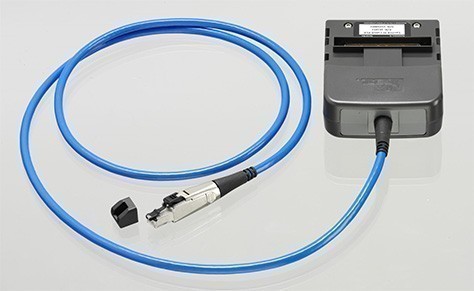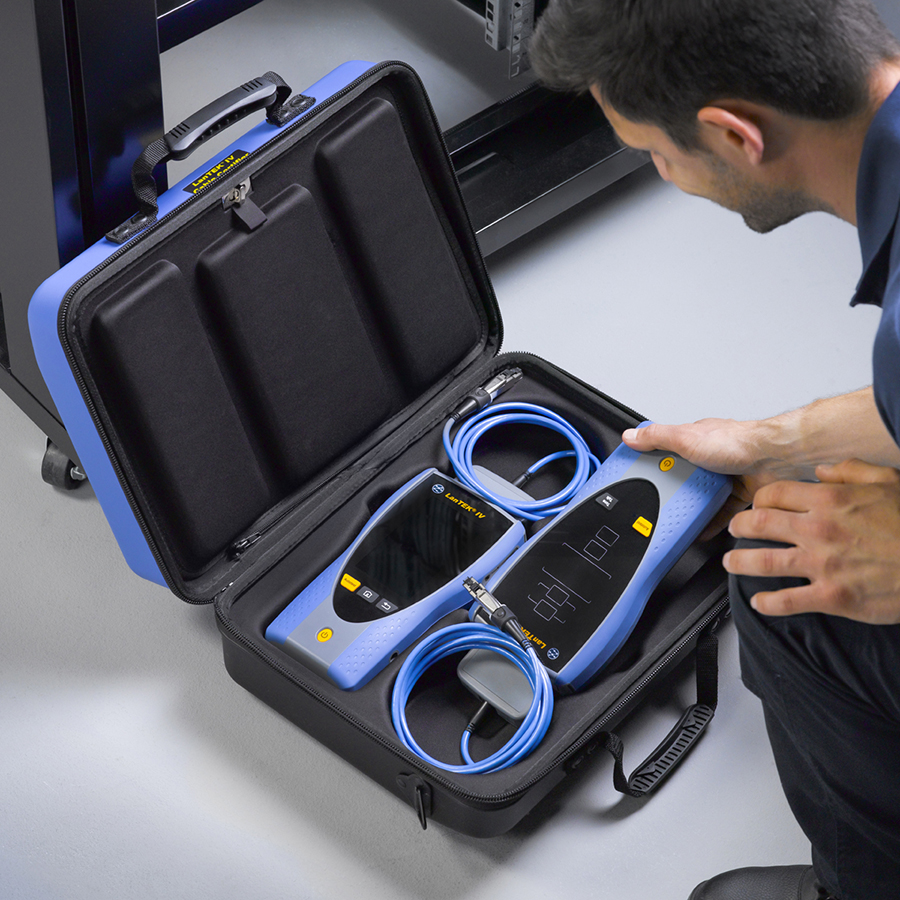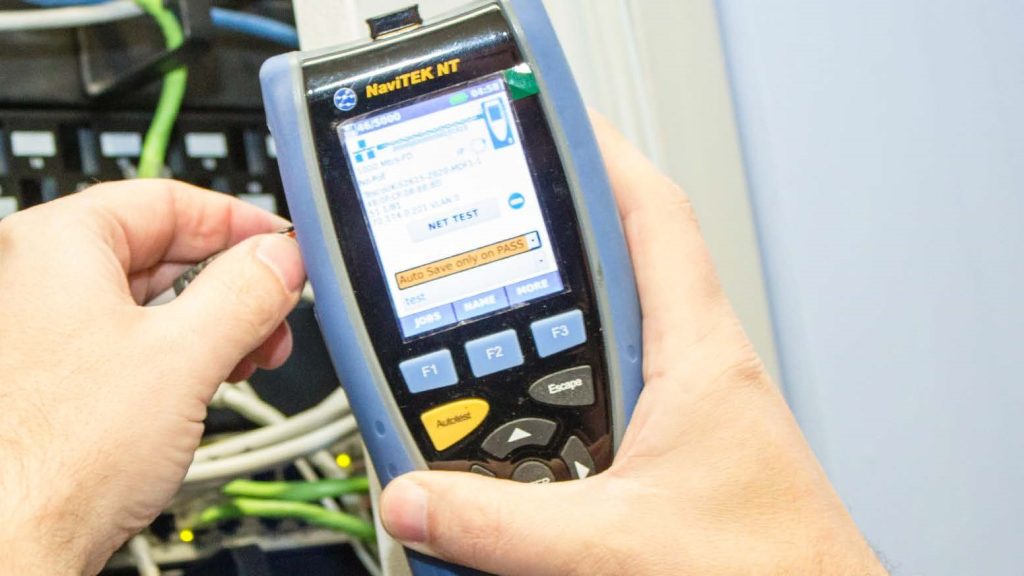What’s the Difference Between a Permanent Link and Channel Test?
When using a cable certifier, choosing the correct test method between Permanent Link test and Channel test is imperative in order to comply with ISO and TIA test standards.
We’ve outlined the main differences between a Permanent Link test and a Channel test so you can choose the right test procedure for your network topology.
What’s included in the Permanent Link?
The Permanent Link includes the UTP/STP cabling from the patch panel to the work area outlet.
Test standards allow for optional transition/consolidation points however in most installations the Permanent Link is an uninterrupted cable between the wall outlet and the patch panel.
What’s included in the Channel?
A Channel test consists of the above Permanent Link plus any equipment cords (patch cords) at either end of the Permanent Link. Certifiers typically use so called “Channel” modules for testing. These modules feature sockets that can accept the equipment cord connectors.
When testing with Channel modules you need to bear in mind that the equipment cord is included within the test, therefore Channel modules on certifiers will suffer extensive wear since a new equipment cord is inserted into the module at every test.
Should I use a Permanent Link or Channel Test?
The answer is: it depends.
If you are troubleshooting an existing network or need to find out if an existing network will support an application i.e. a higher speed, Channel testing is recommended as you will also test the attached equipment cords.
If you are testing a new network or newly installed links, you will want to know or have to demonstrate that the horizontal cabling actually performs to standards. In that case, the Permanent Link test is the recommended testing method.
Most of our certifier users today are installers of LAN networks and therefore prefer the Permanent Link test method.
The All New Indestructible Permanent Link Adapter from IDEAL Networks
Alongside the release of the LanTEK® III, IDEAL Networks have also developed a new, more resilient Permanent Link module. The RJ45 Permanent Link module operates in the smallest enclosures, using high performance, ultra-flexible cable that allows them to be used in confined spaces without damaging the Permanent Link module or the outlet being tested.
Additionally, we have developed field replaceable RJ45 contacts that reduce downtime and maintenance costs. With cost reduction in mind, these new Permanent Link module contacts provide almost three times as many insertions than a regular patch cord before contact replacement is required. Through innovative design, the entire worn plug assembly is replaced with a completely new plug, contact and locking mechanism.






